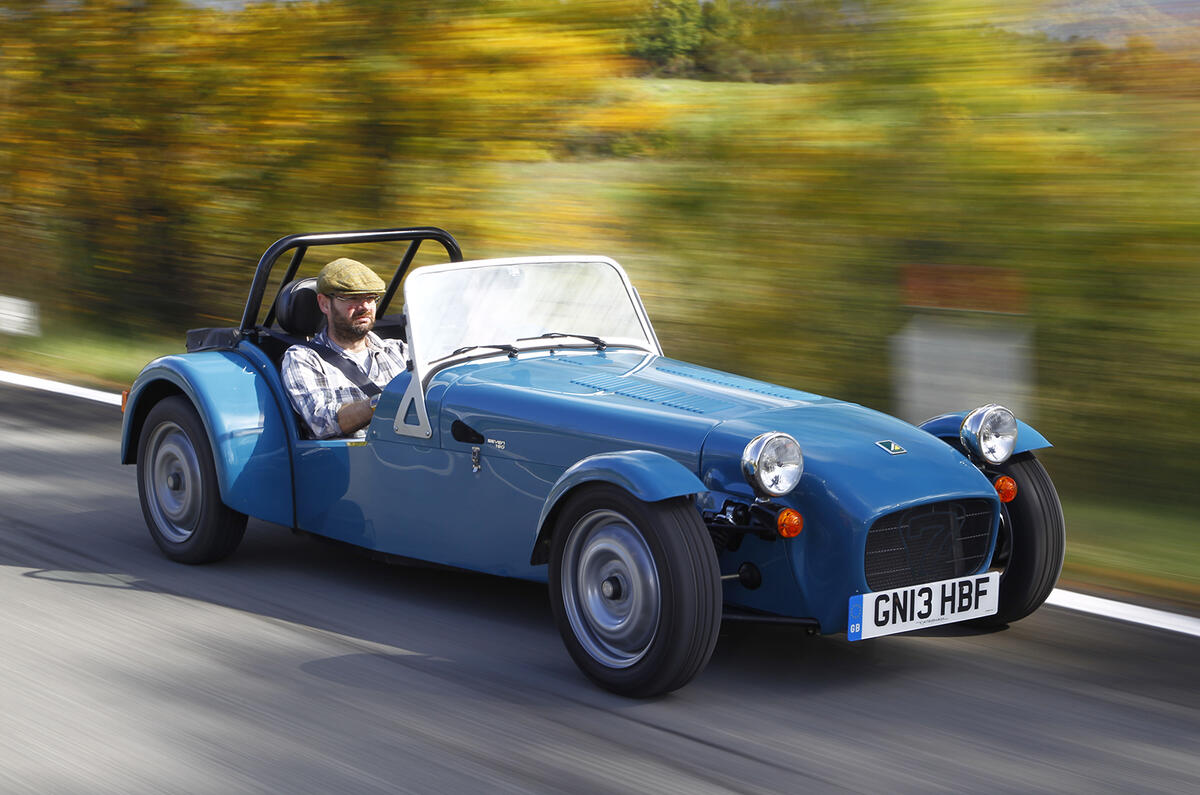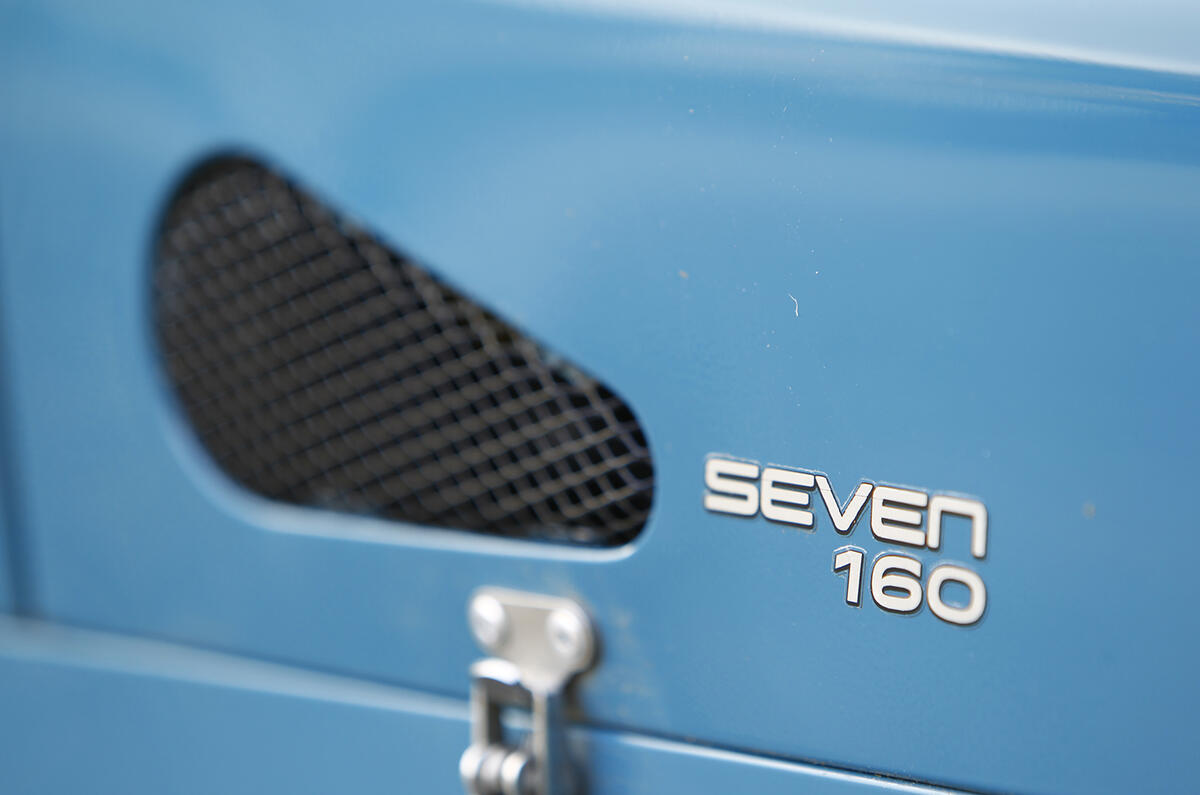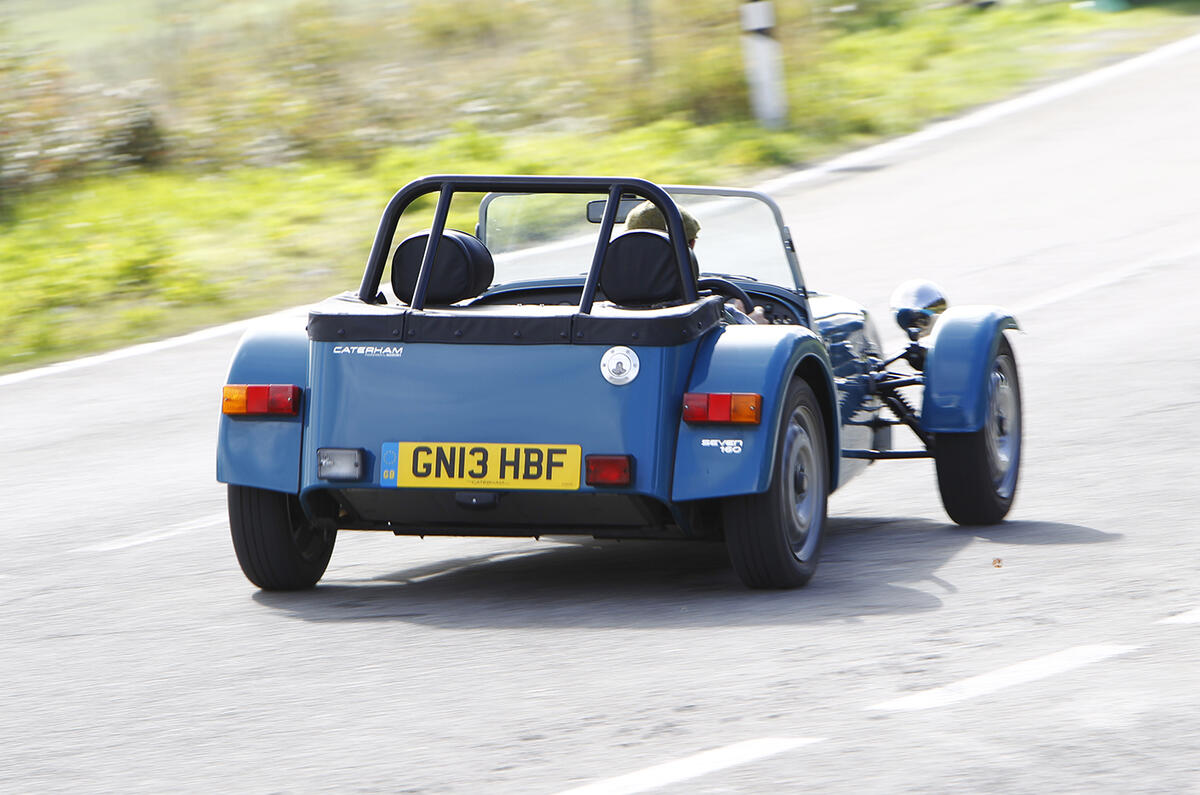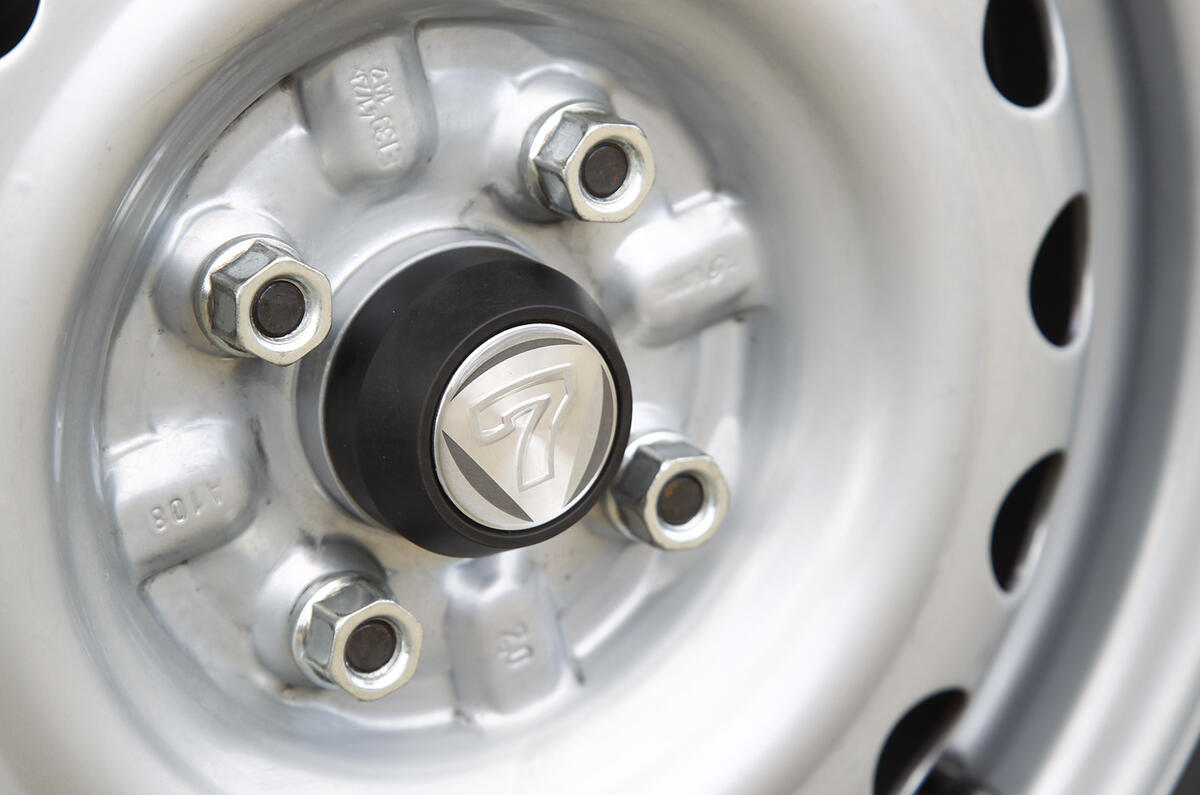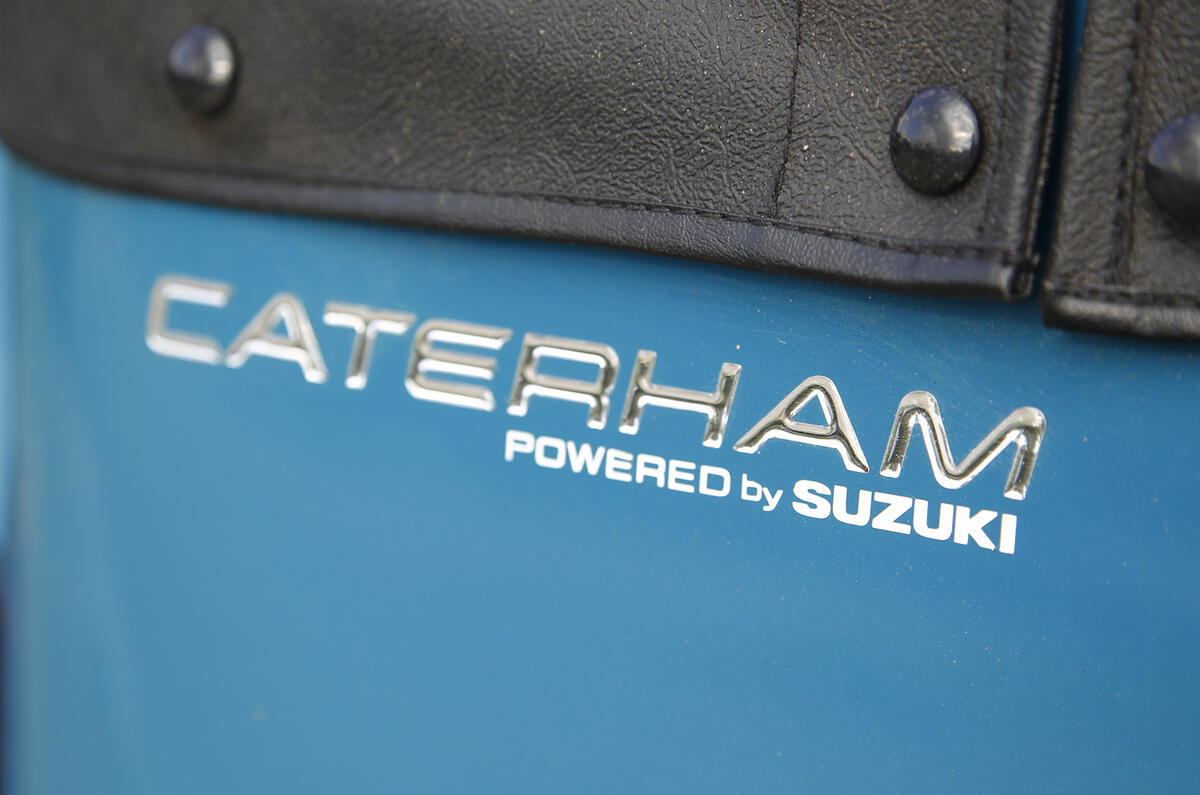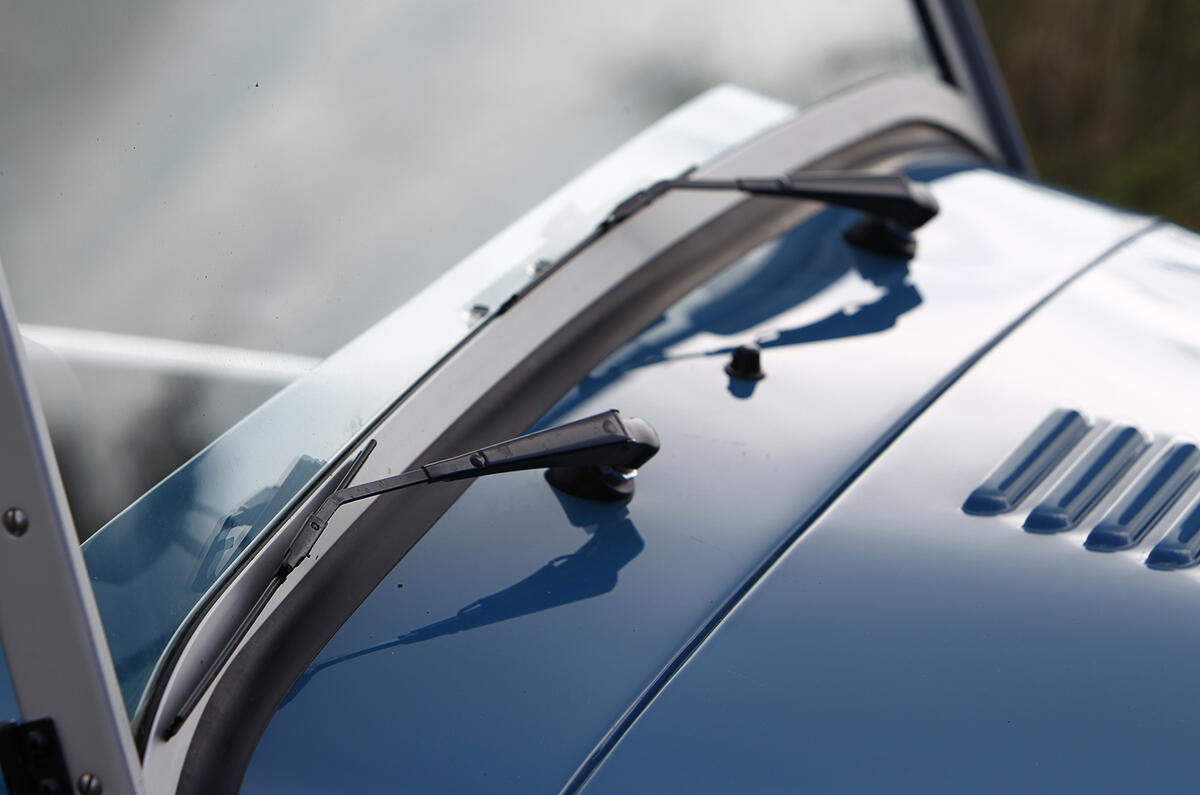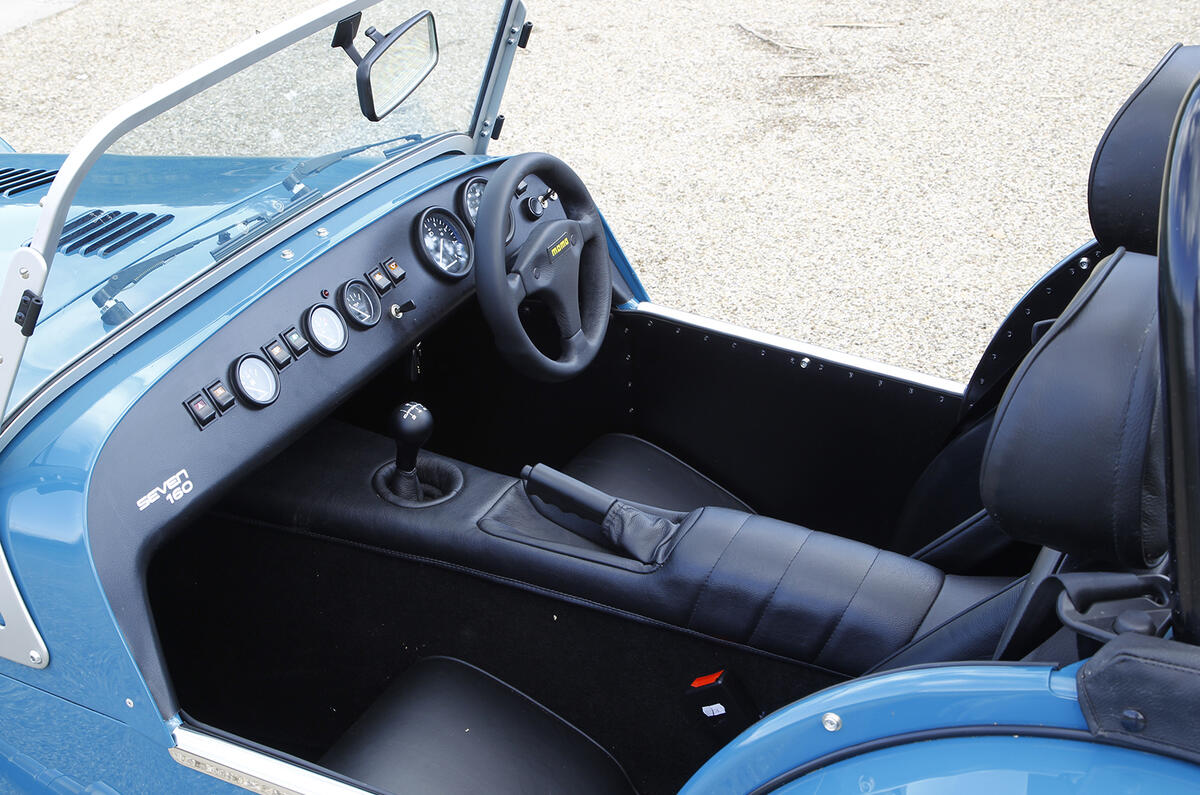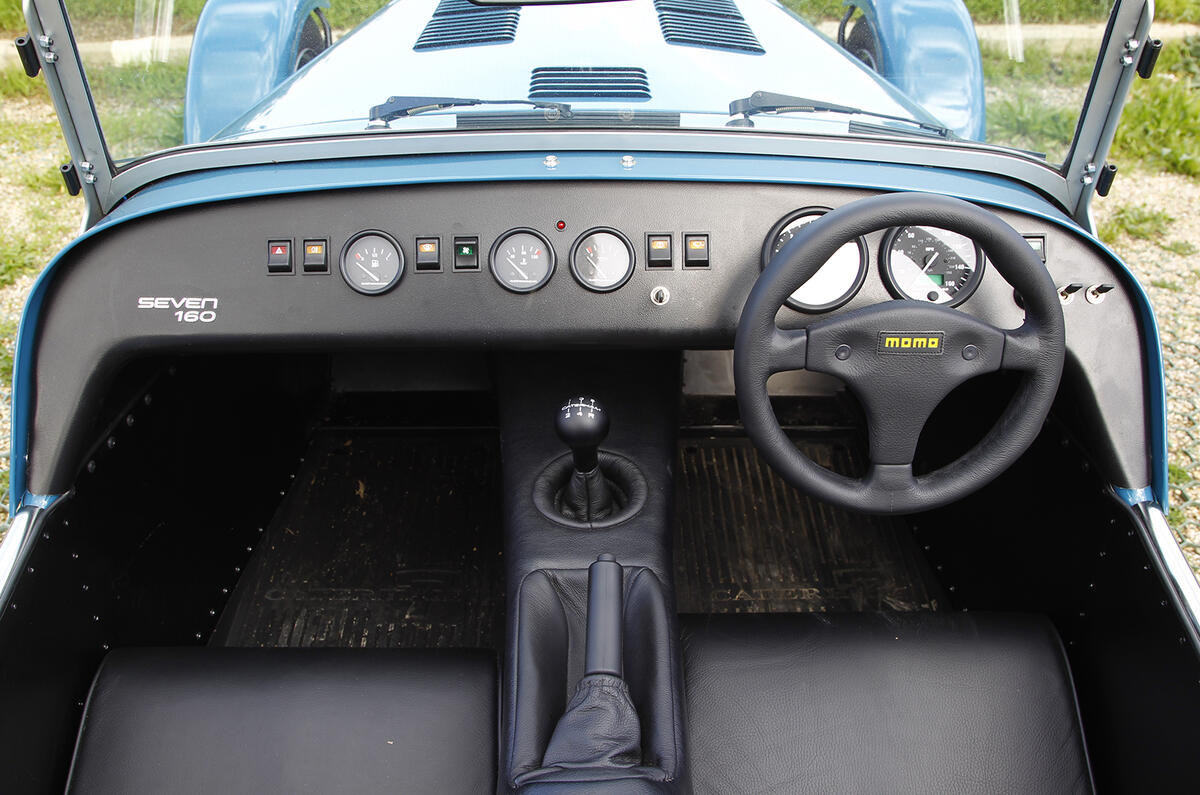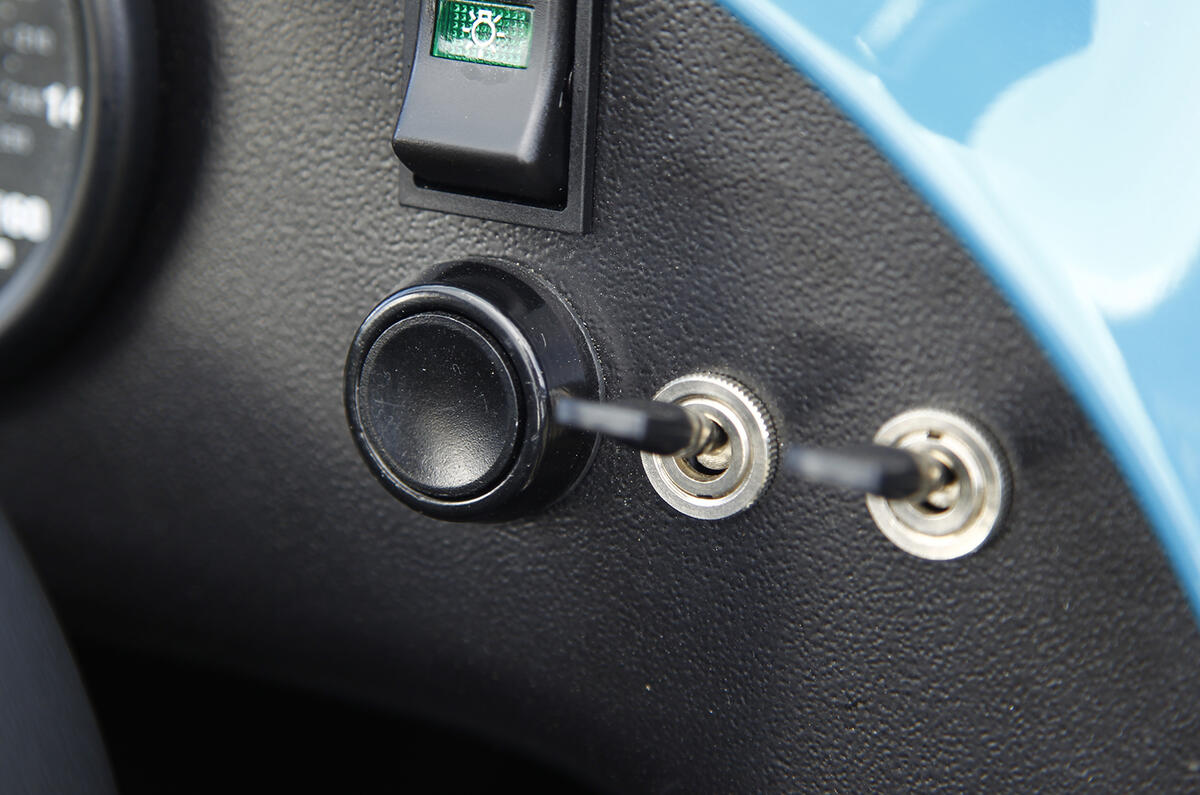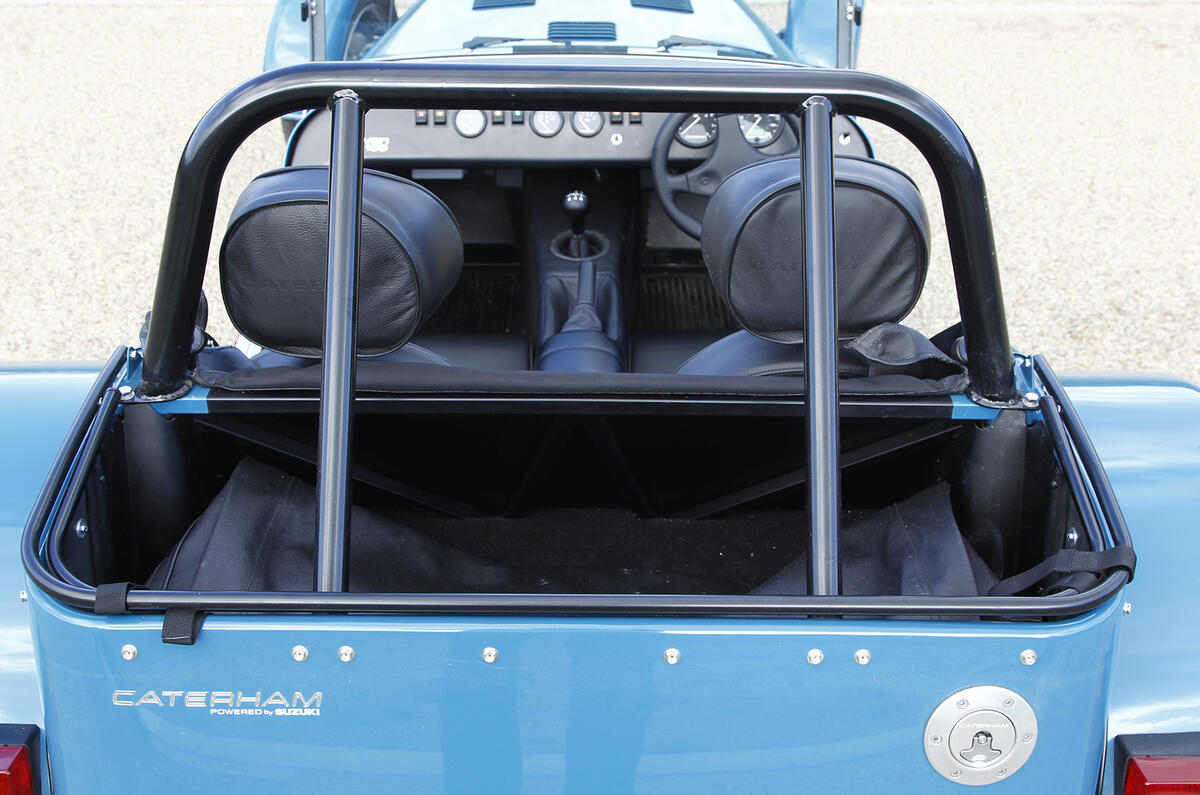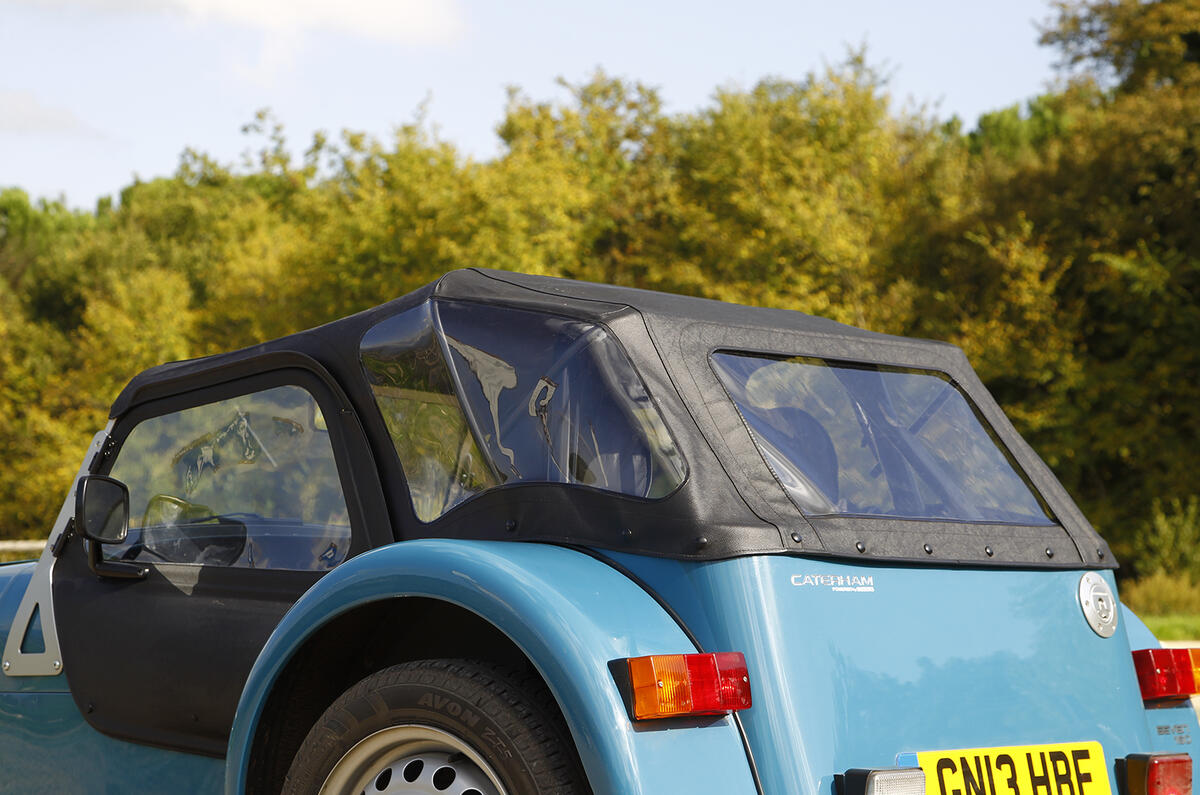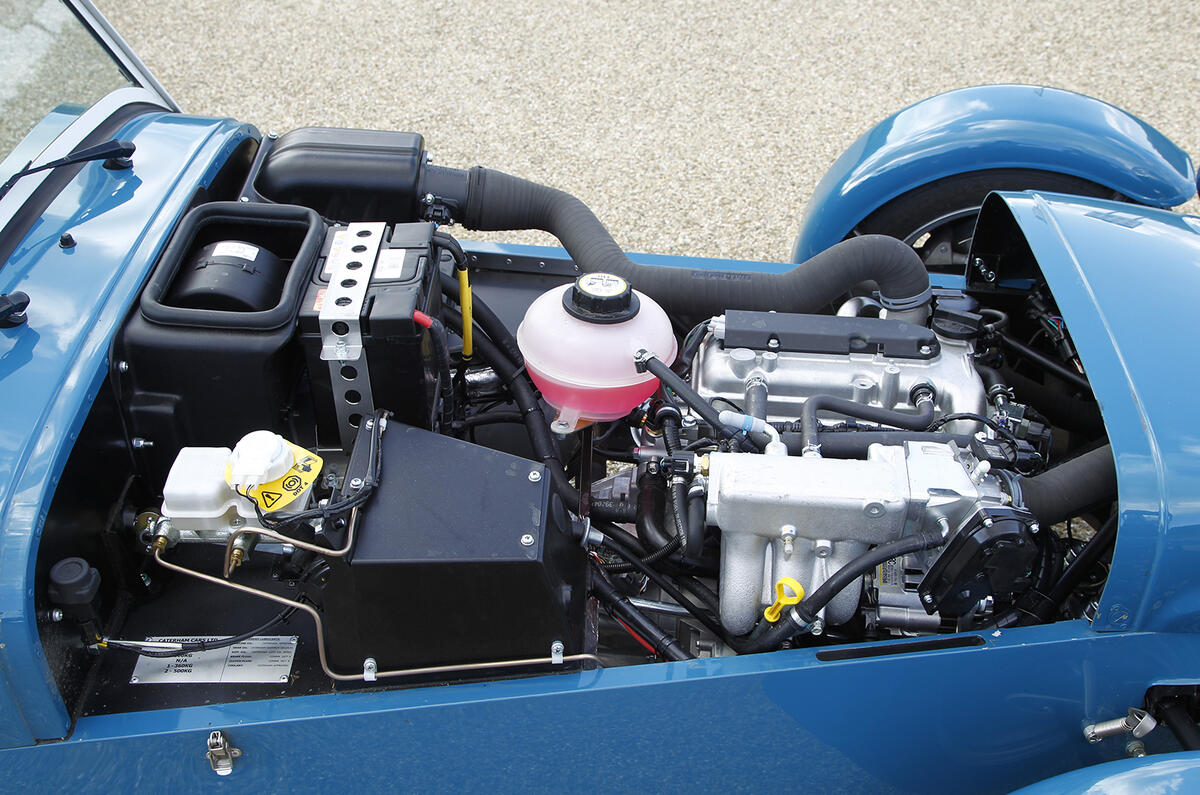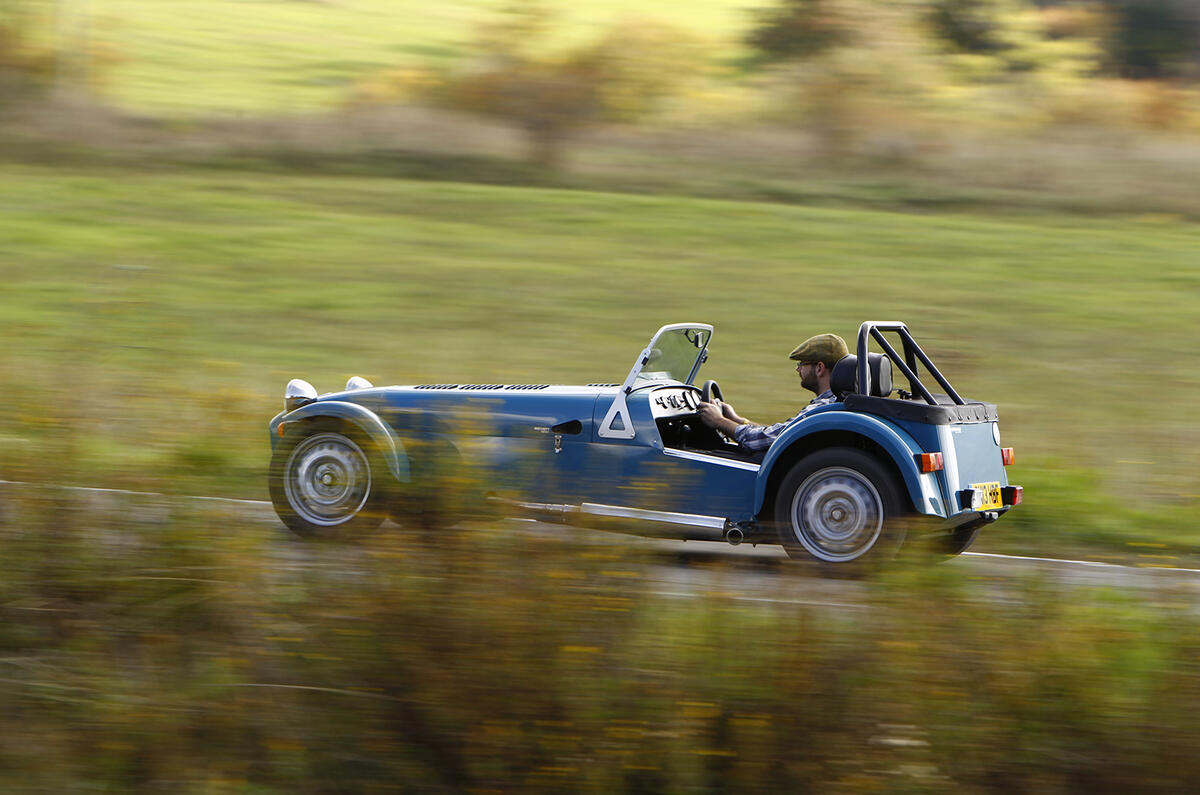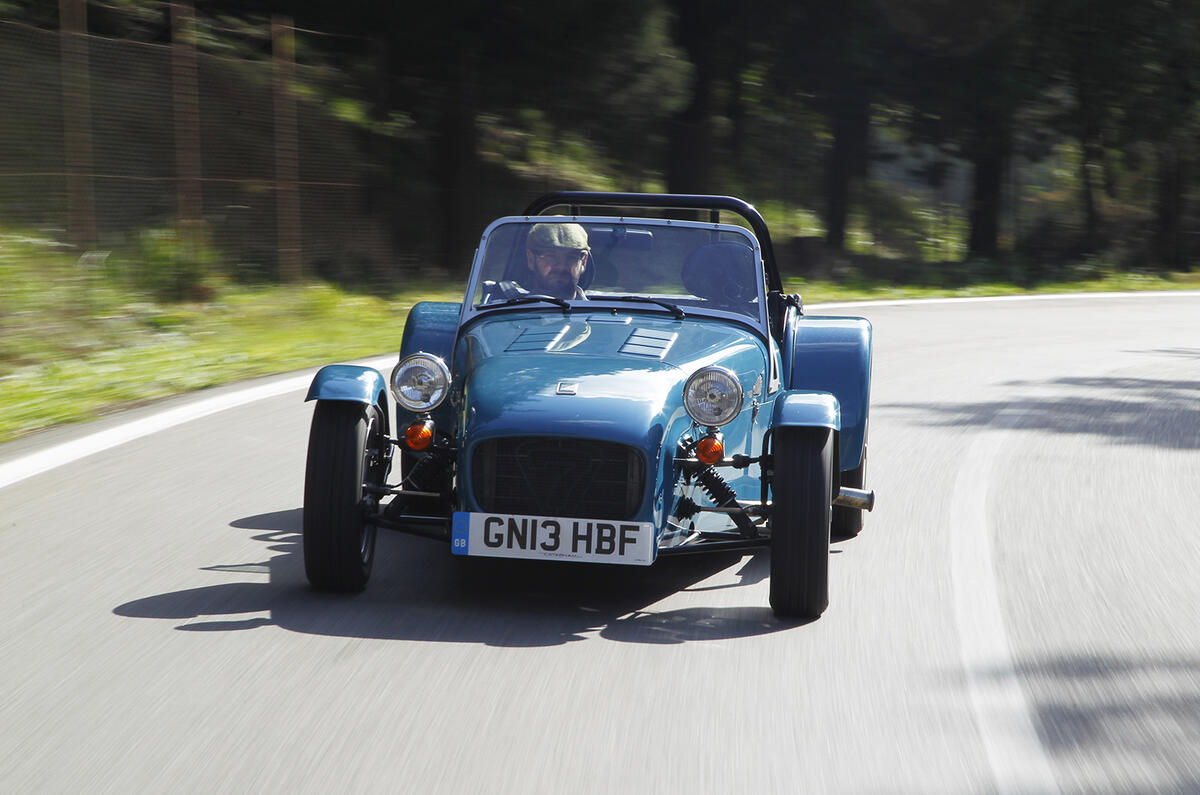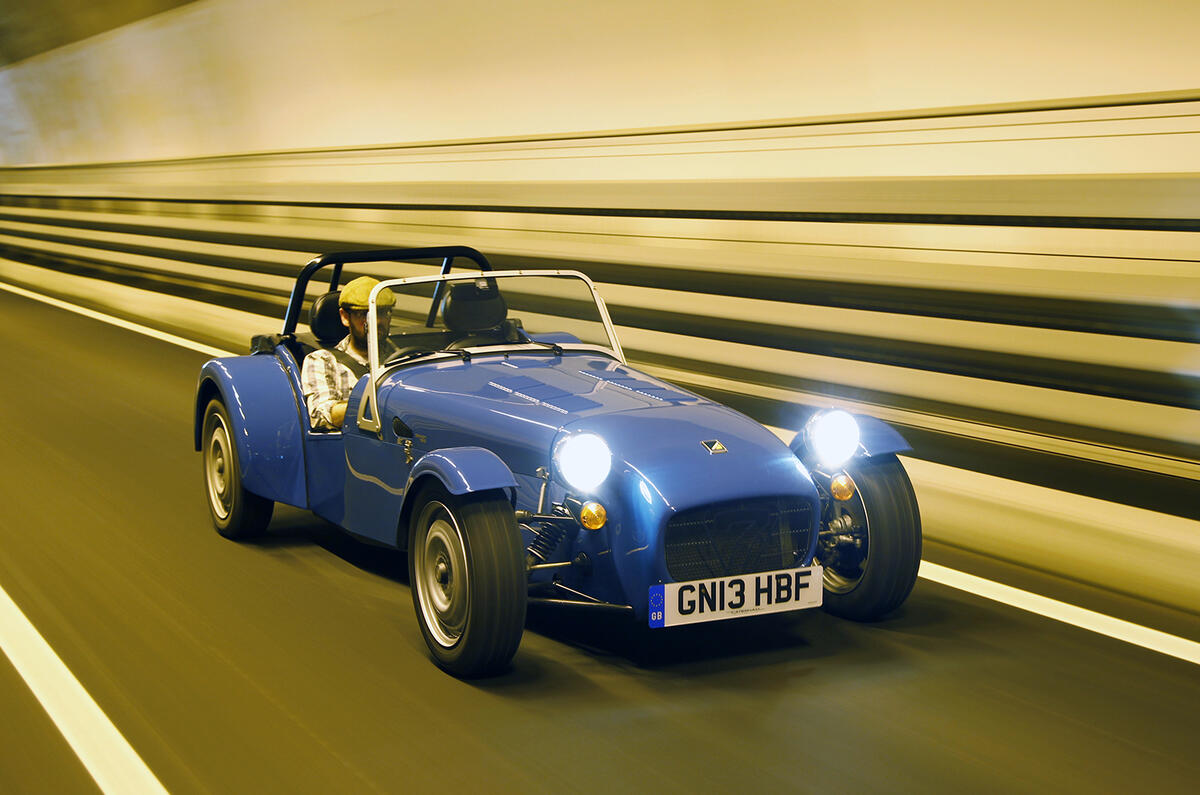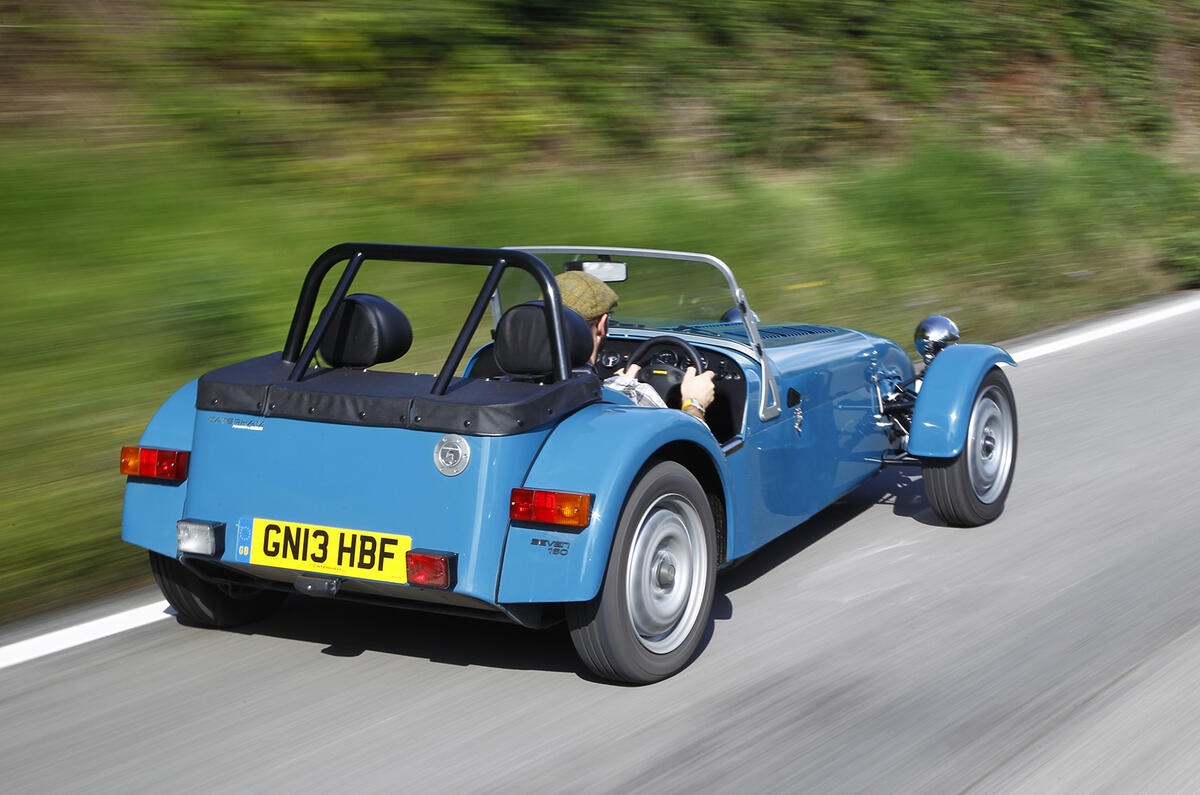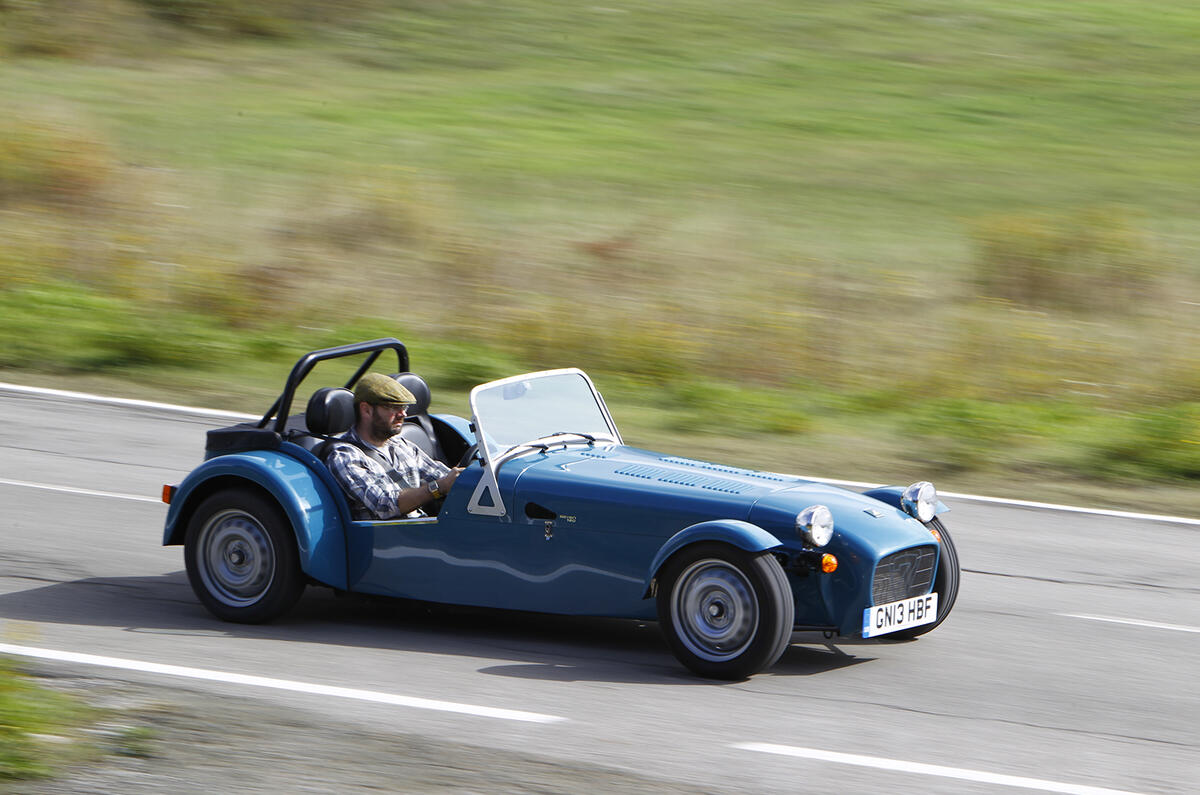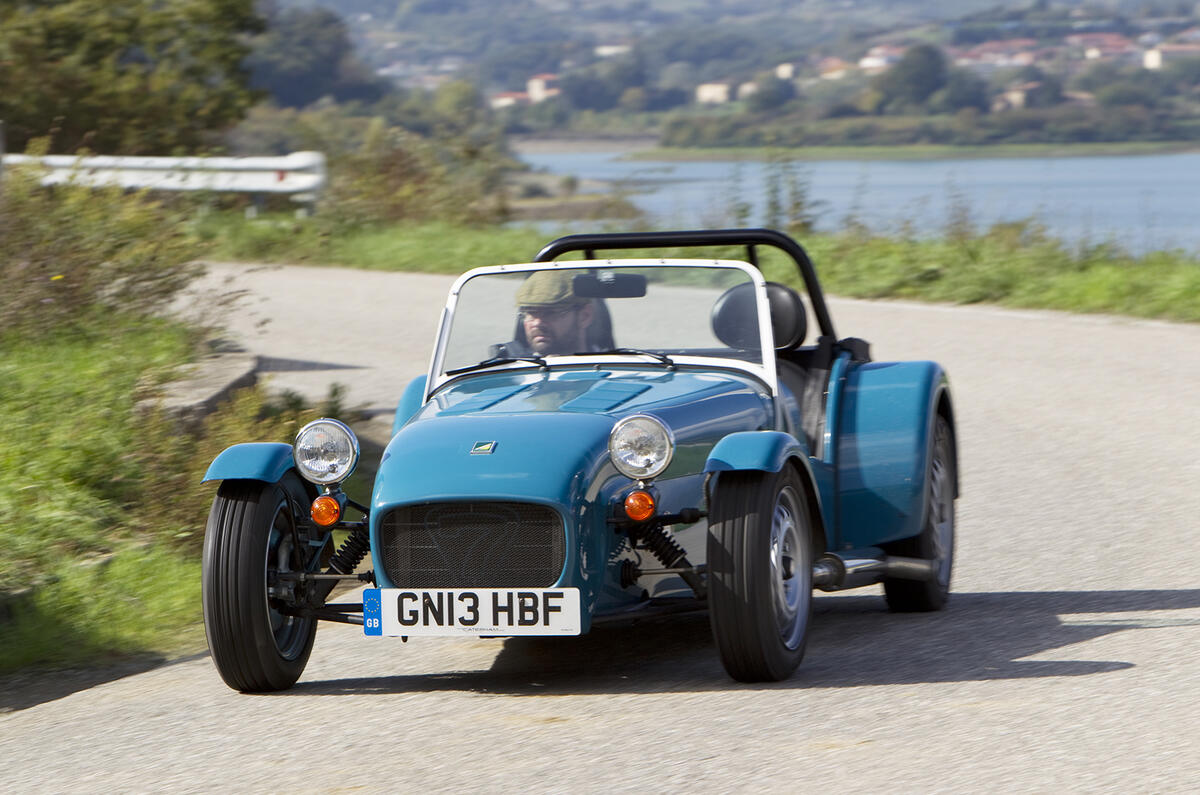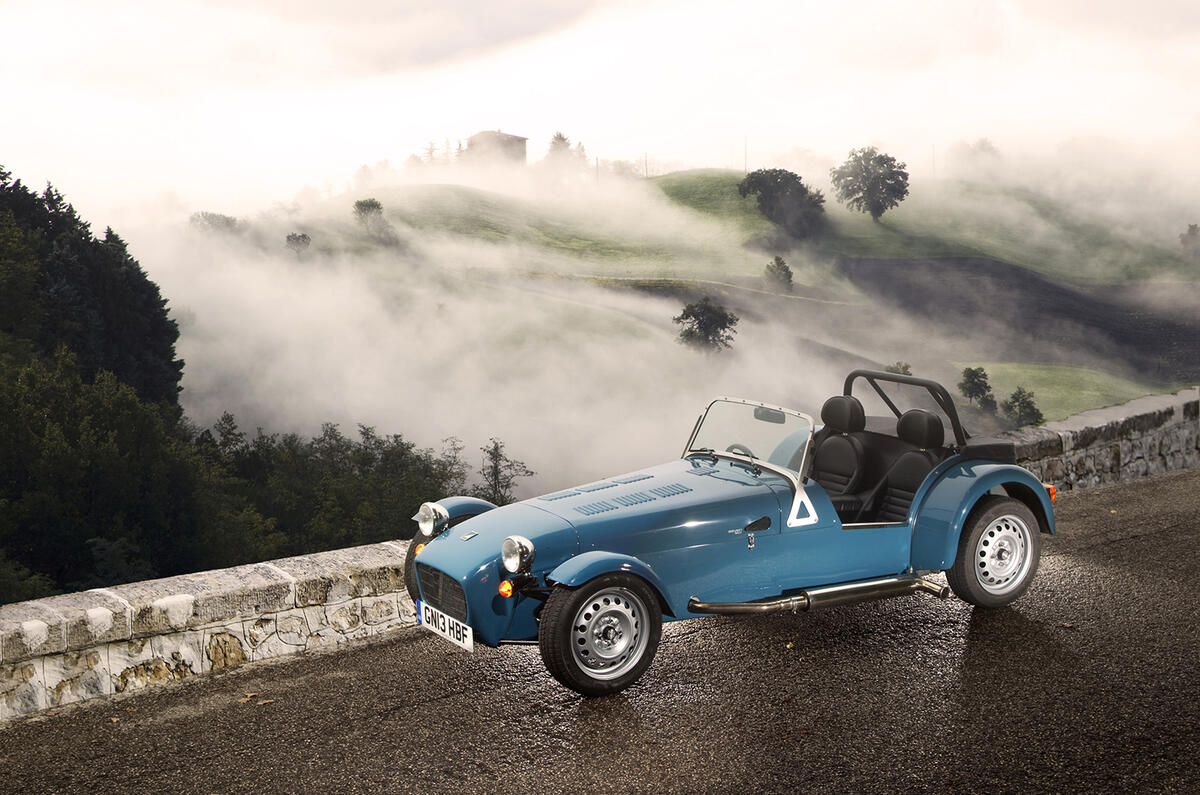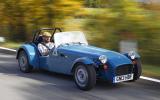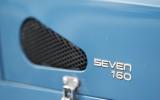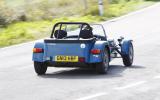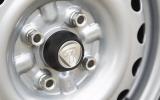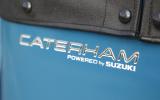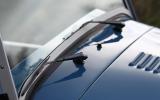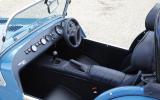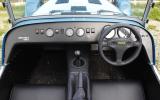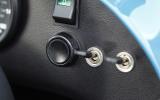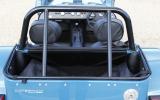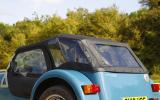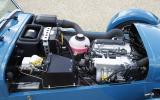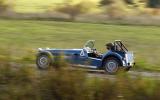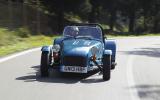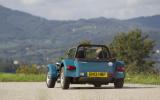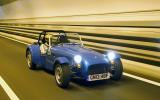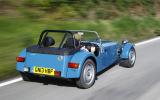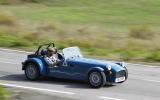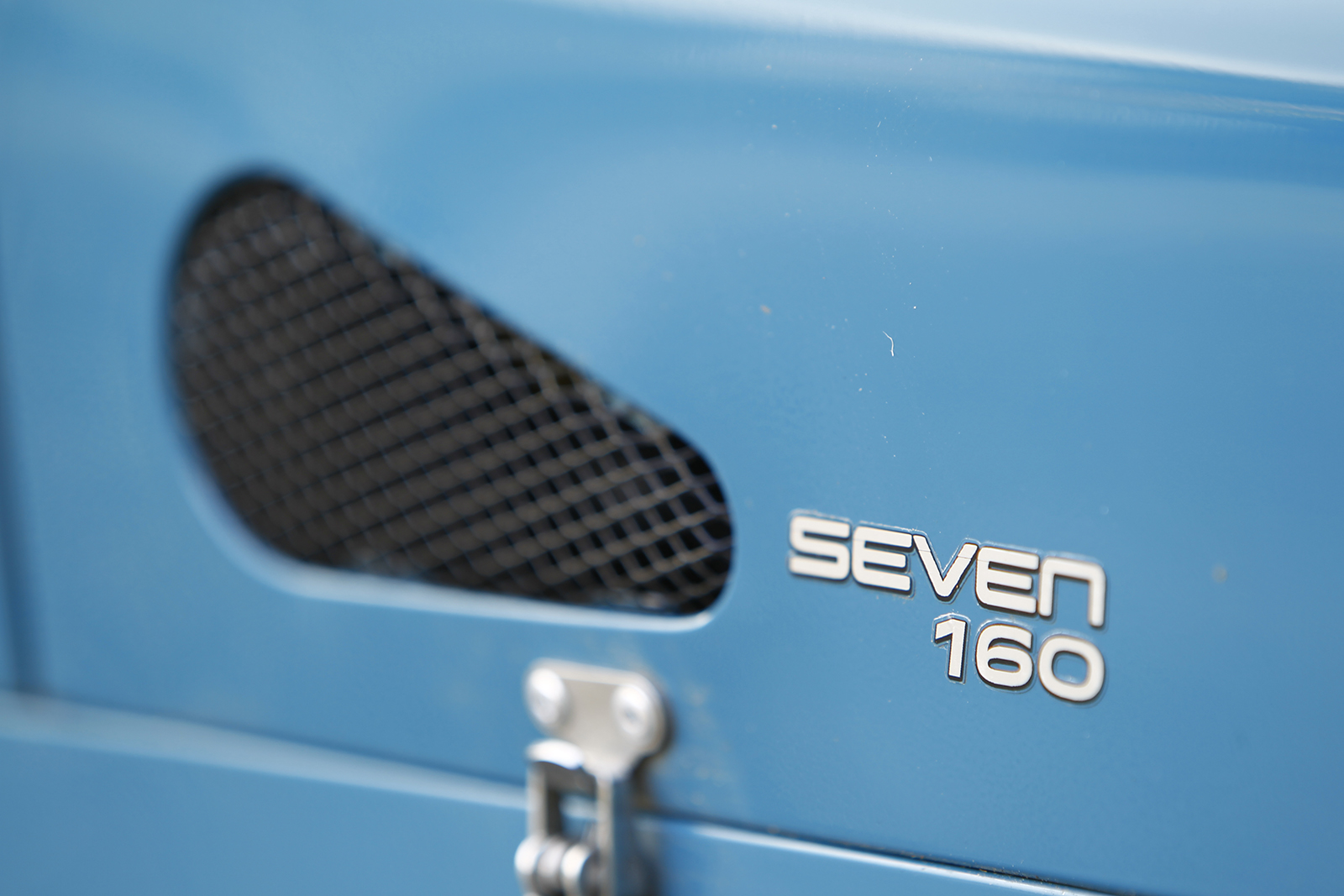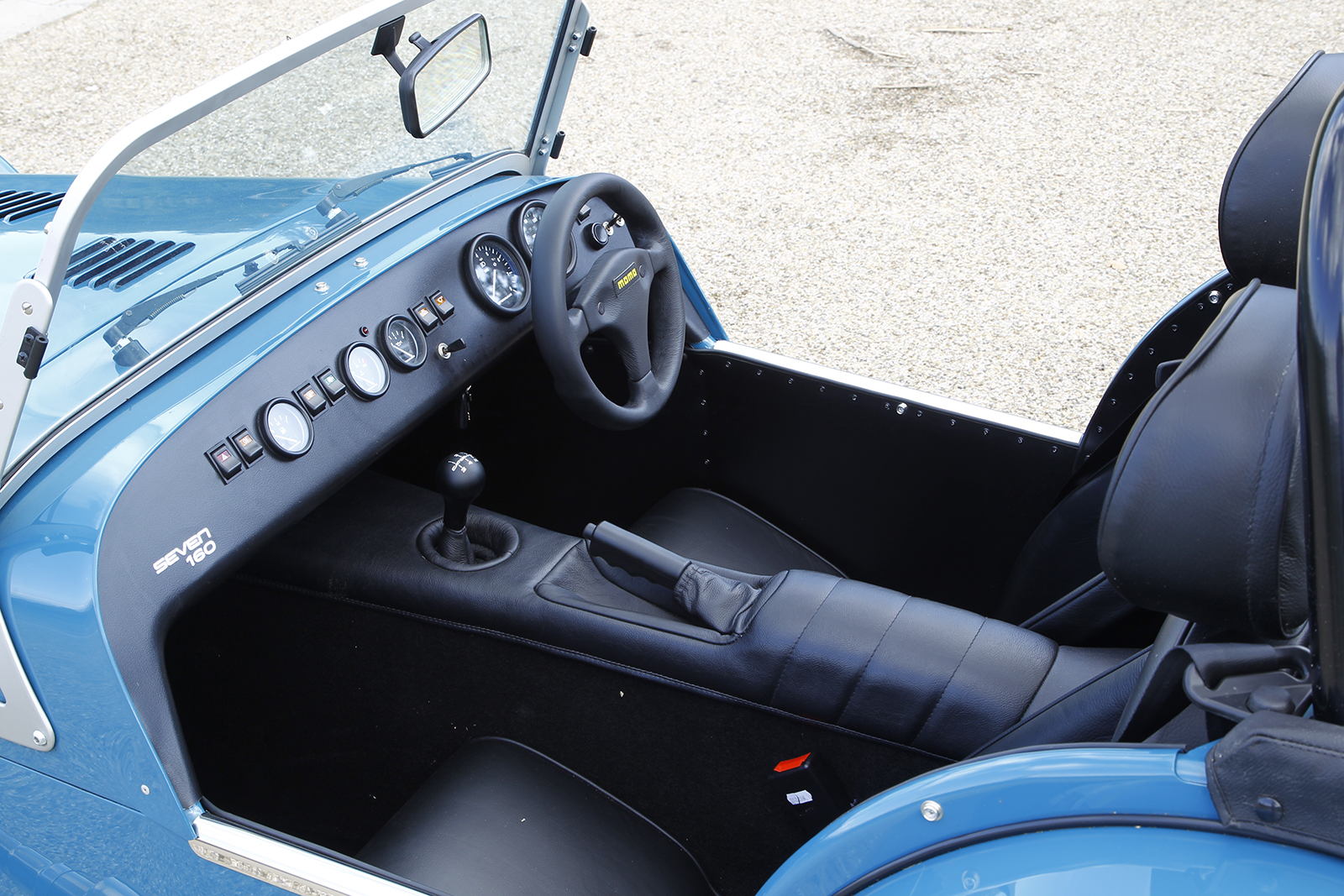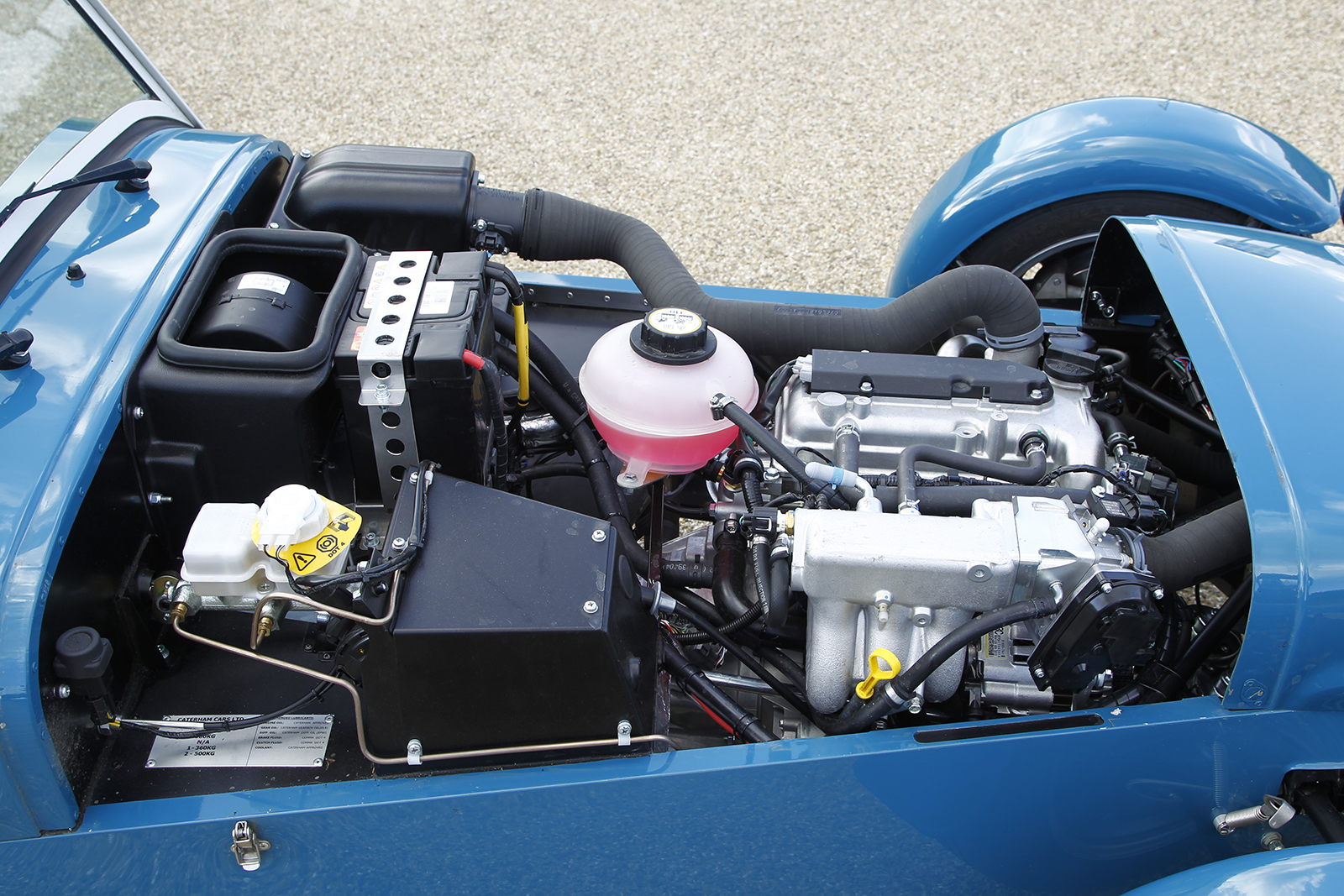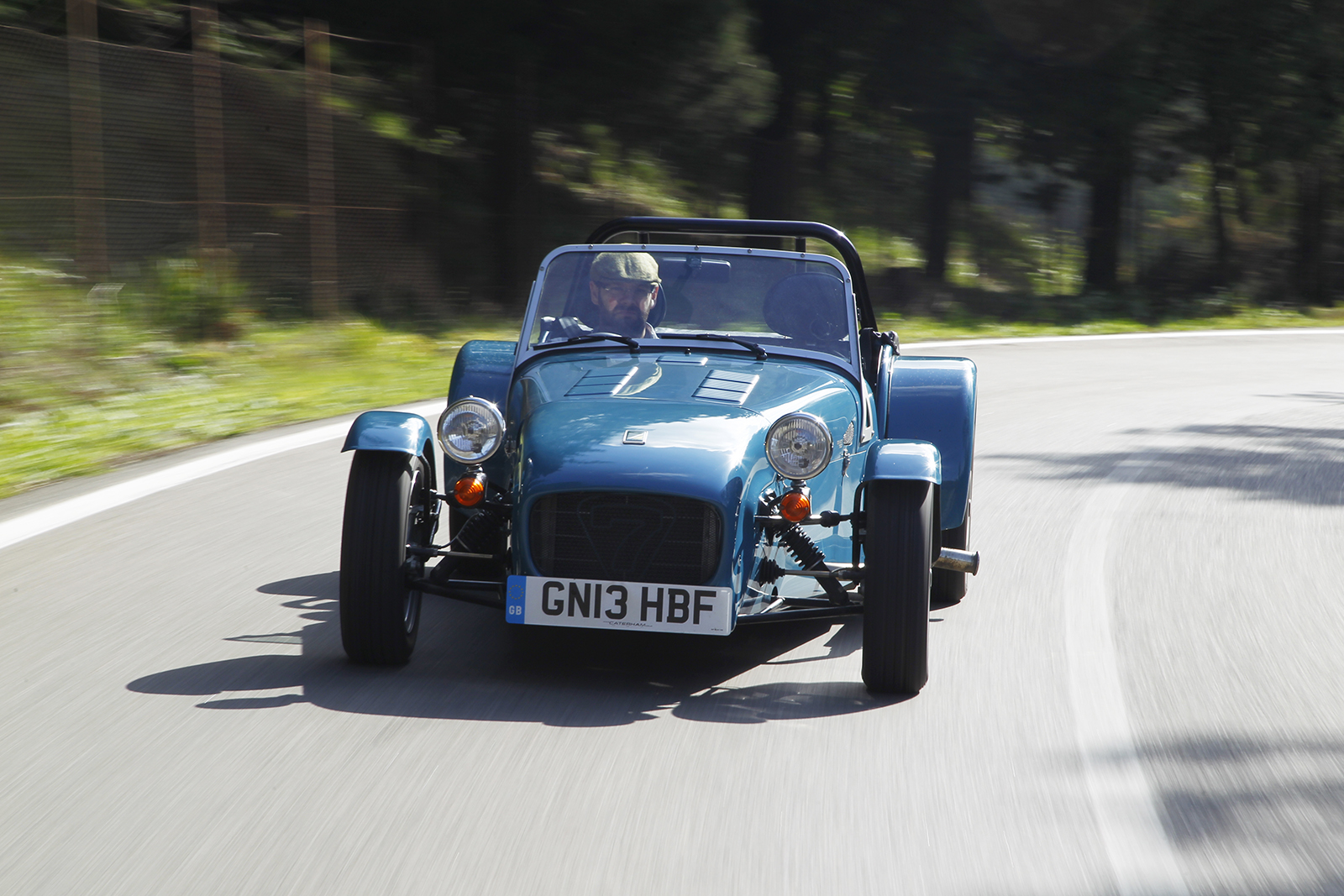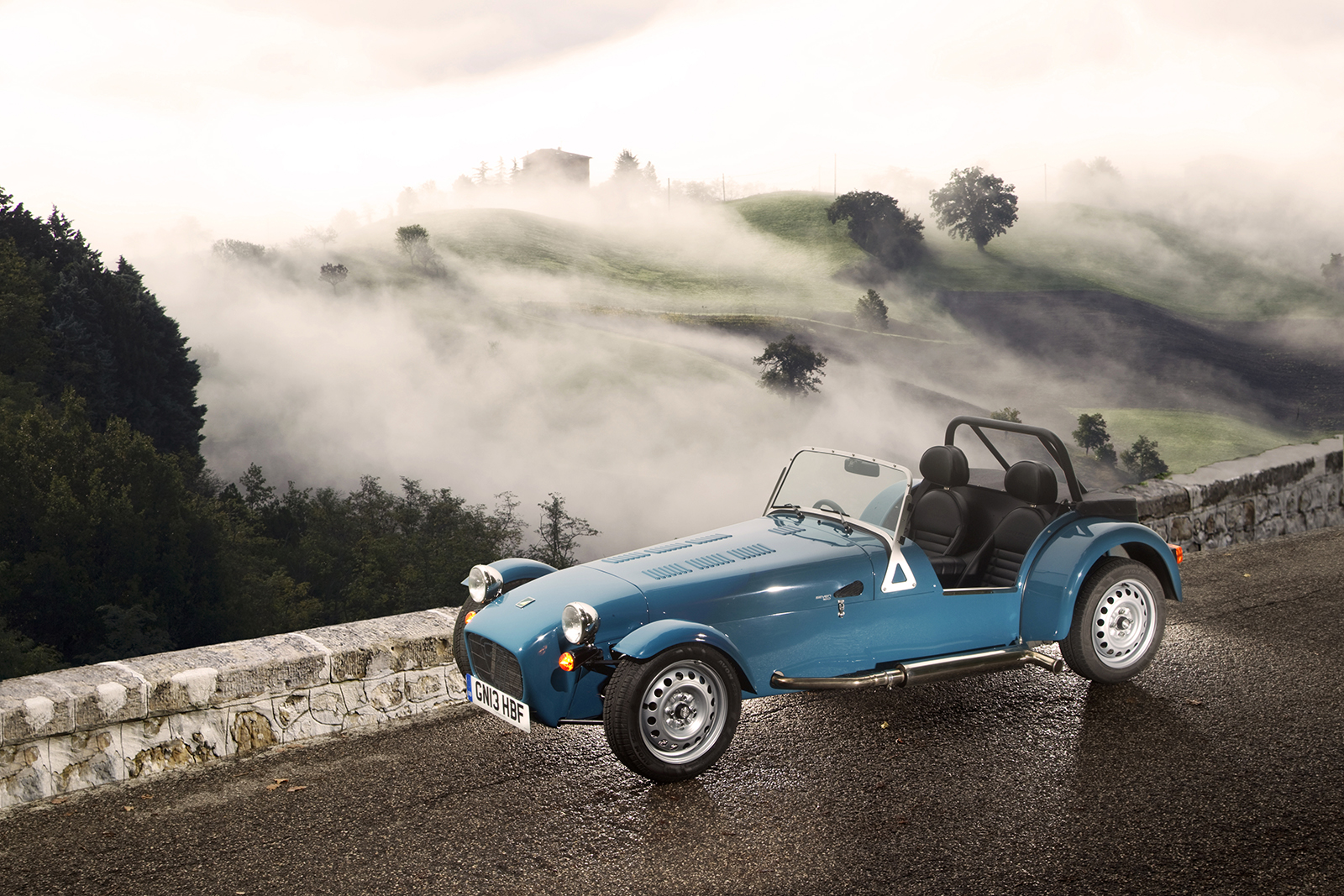The fundamental design of the Caterham Seven hasn’t substantially altered since 1957, although it has been refined and updated. However, Caterham can still be considered to be taking inspiration from this car’s history in search of the lightness, cost-effectiveness and simplicity that are vital to a new entry-level budget model such as this.
Like all other Sevens, the 160 and 165 have a tubular spaceframe construction clothed in stressed body panels made mostly of aluminium. Composite panels have been adopted in places, though, to save weight.
The car’s suspension has likewise been simplified. Up front, the 160 has the same double wishbones that you’ll find on a normal 270 model – shorter than the ones on a 360.
At the rear, the car uses neither the de Dion semi-independent rear axle adopted by Sevens since the 1980s nor the fully independent set-up of the Seven CSR, but a live axle suspended via trailing arms and a Panhard rod.
The axle saves weight and, it can be surmised, cost. It will also add unsprung mass at the rear end, which may present in a more uneven ride for the car over particularly bad surfaces. Wheels are steel, 14 inches in diameter and 4.5 inches wide, wrapped in balloon-like 65-profile tyres.
In the cabin, anything that isn’t absolutely necessary has been dispensed with, either completely or at least banished to the options list. So you don’t get doors, a windscreen, a hood, a heater, a spare wheel or even carpeted interior surfaces as standard.
As far as power is concerned, everything upstream of the Seven 160’s live axle – from propshaft and gearbox to engine and turbo – is supplied by Suzuki Motor Corporation. Whether such a combination truly belongs in a proper sports car remains to be seen.
The engine in question is a turbocharged 660cc 12-valve triple, codenamed ‘K6A’ and found chiefly in the Japanese manufacturer’s family of kei-cars made primarily for the Tokyo car market. In the Caterham, this engine channels its drive through a five-speed gearbox to the rear wheels via an open differential.
Specifically, you’ll find the powerplant in the Japanese-market Jimny. It’s offered in normally aspirated and turbocharged forms, the latter producing up to 63bhp for Suzuki at 6500rpm. The Jimny has the same gear ratios and a slightly shorter final drive.
Caterham's own tuning for the motor conjures 80bhp at 7000rpm and 79lb ft at 3400rpm, although it revs to an impressive 7700rpm before the cut-out intervenes.
The spacing of ratios in the five-speed gearbox is less impressive, though, with a yawning 4.5mph per 1000rpm gap between third and fourth gears; the differences between other intermediate ratios are, in some cases, half that.
Because of all that paring back, however, the kerb weight is just 490kg – 50kg less than a 1.6-litre Seven 270. Our scales registered 510kg for our test car, which had options fitted and a full tank.


